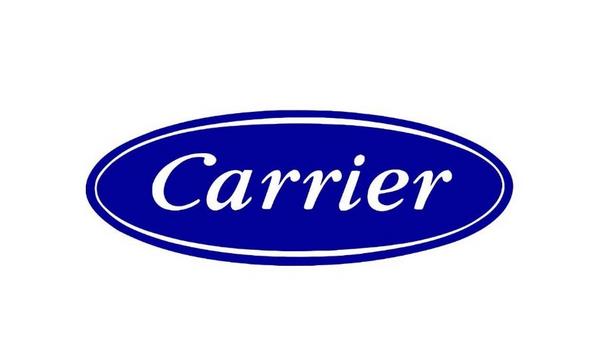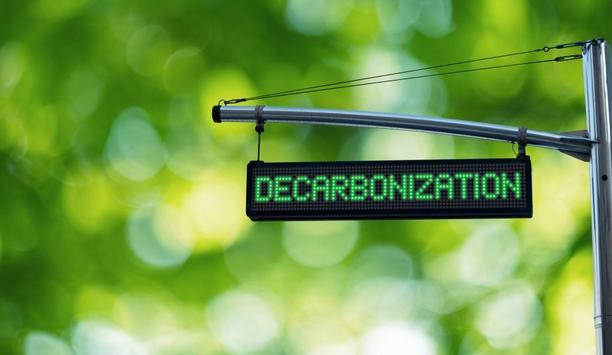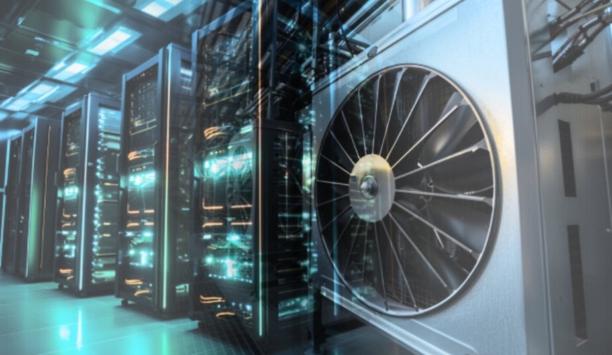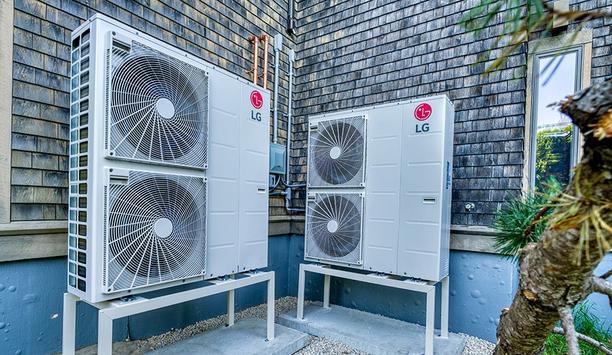Mold in HVAC systems is a cause for concern in buildings. This is because the HVAC system distributes air within a building.
But what is mold and how does it get there? Mold is a type of fungus that grows on organic materials such as wood, paper, and fabrics, and can also grow on surfaces, such as walls and ceilings.
Mold in HVAC Systems
When mold grows in a building, it releases spores into the air, which then is circulated throughout the building by the HVAC system.
Mold in HVAC systems causes health problems for people who are exposed to the spores, including respiratory problems and allergic reactions.
Common Types of Mold
There are many different kinds, but some of the most common types of mold in HVAC systems and buildings include:
- Aspergillus: This is a type of mold that causes allergic reactions in some people.
- Cladosporium: This type of mold is commonly found outdoors, but it also grows indoors in areas with high humidity.
- Penicillium: This is a type of mold that is commonly found in water-damaged buildings and causes respiratory problems.
- Stachybotrys: This is a type of mold found indoors that is often referred to as ‘black’ or ‘toxic’ mold due to its appearance and ability to cause severe illness in people who come into contact with it.
Testing for Mold
One standard protocol is to take air or surface samples and send them to a lab for analysis
To test for mold, industrial hygienists use a variety of methods. One standard protocol is to take air or surface samples and send them to a lab for analysis.
Another test for mold is to visually inspect the building for signs of mold growth, such as discoloration on walls or ceilings.
Remediation of Mold
To remediate mold and restore indoor air quality (IAQ), the first step is to identify the source of moisture and address it. This usually involves fixing leaks, drying the area out, and then disinfecting the HVAC system.
Once the source of moisture has been addressed, the mold in HVAC systems can be remediated with steam cleaning air handler units (AHUs) and with environmental duct cleaning.
Mold remediation needs to be done by professionals
It’s important to note that mold remediation needs to be done by professionals. WTI Pure Air service techs are trained and certified in proper removal techniques to avoid further spreading the mold and to ensure that the building is safe for occupants. For more information on testing and cleaning mold in HVAC systems and buildings, please contact Pure Air Control Services immediately.















